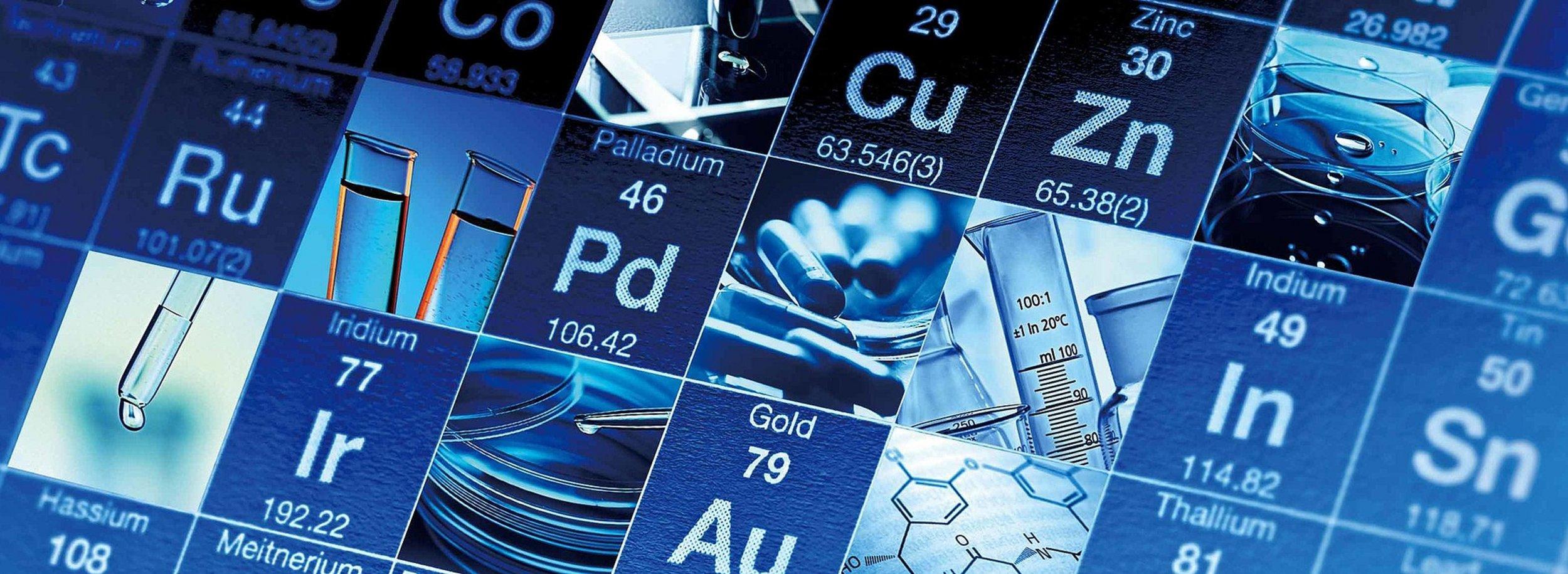
The unique features and high performance of the XGT series has opened up the micro-XRF technique to a wide and varied range of applications where fast and accurate elemental analysis can solve problems and shed light on the complexities of nature.
Click on the following links to learn more about the use of micro-XRF, and to download application notes. Additional published articles are available for you to download.
Sie haben Fragen oder Wünsche? Nutzen Sie dieses Formular, um mit unseren Spezialisten in Kontakt zu treten.